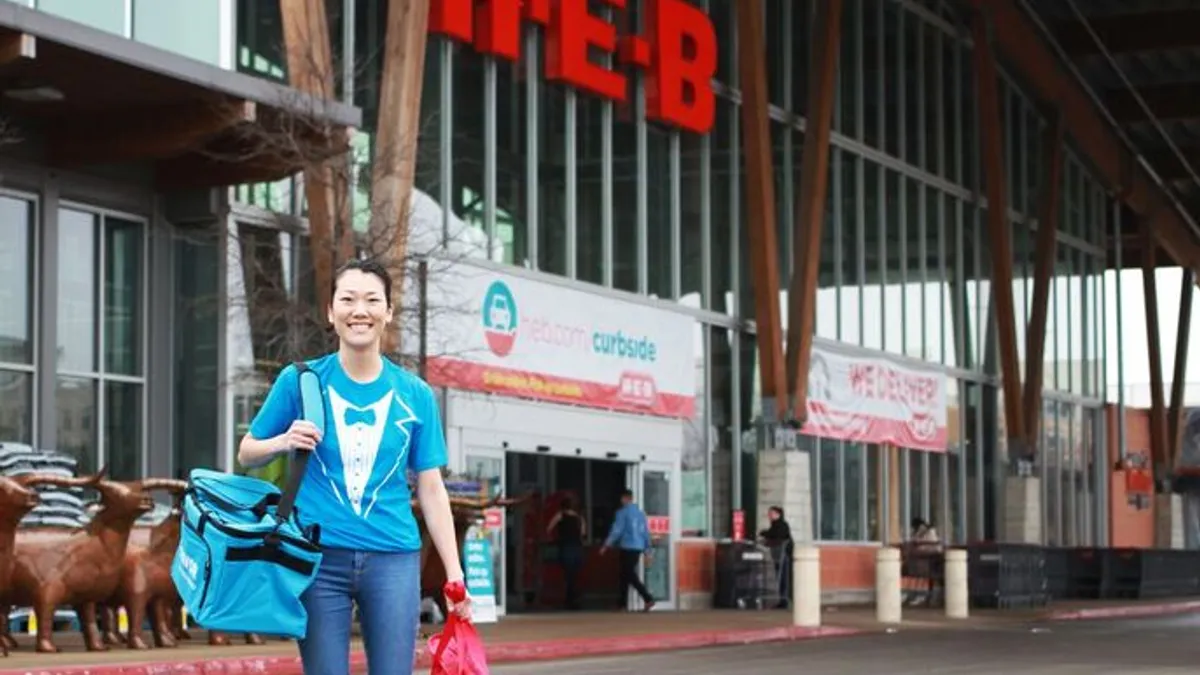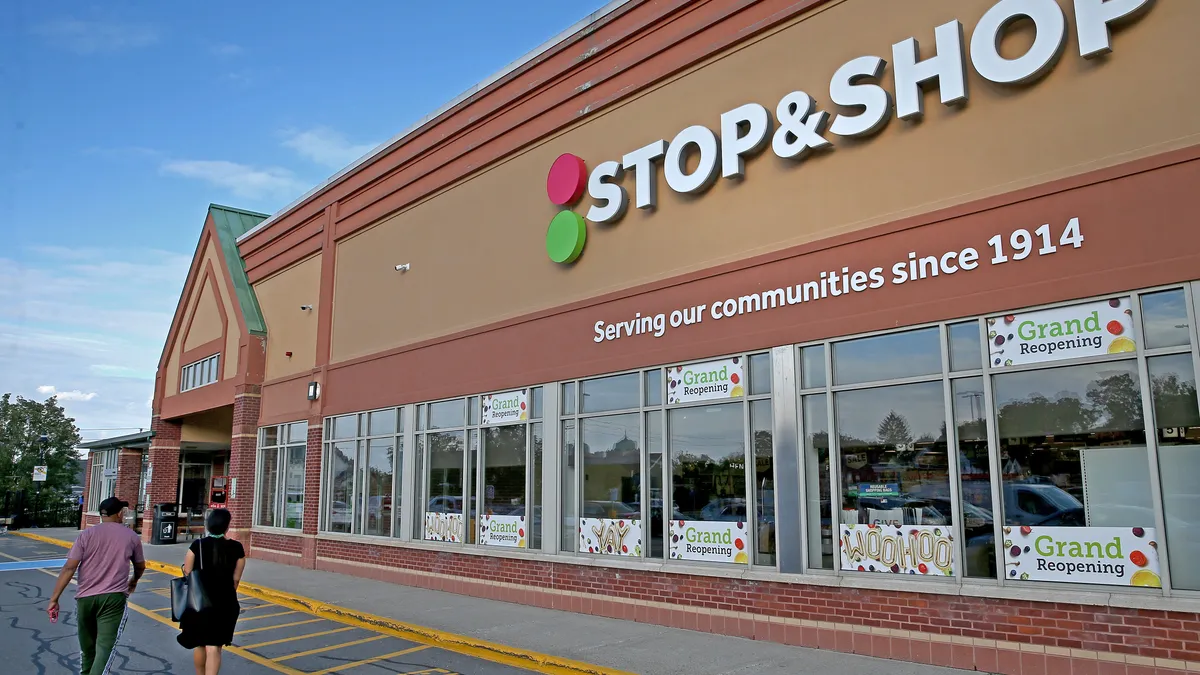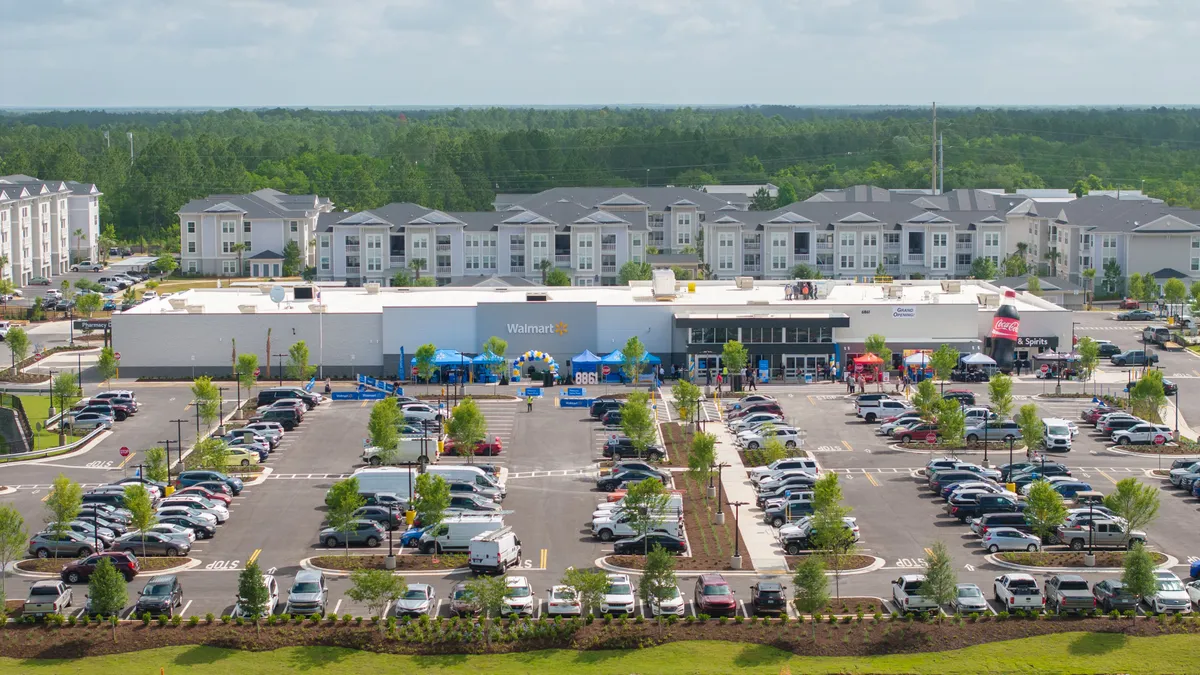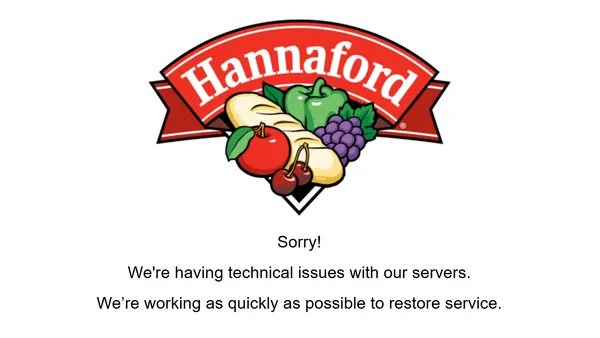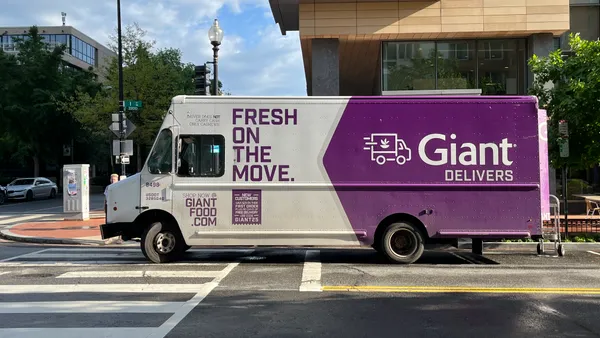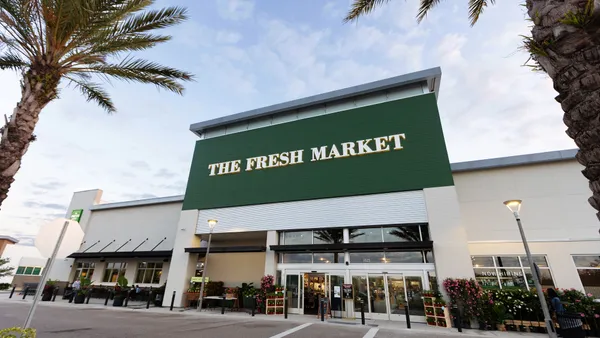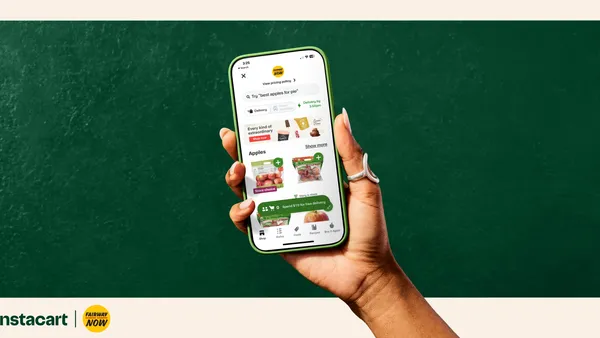Dive Brief:
- H-E-B announced it will convert an underperforming store into the chain's first e-commerce fulfillment center in Houston, according to the Houston Chronicle. The store, which will close by September 9, also will provide curbside pickup and delivery services.
- The San Antonio-based grocer says 28,000 square foot store is too small to offer the product selections that consumers in the area demand. The grocer said it plans to bring a larger grocery store to the area in the future.
- With this, H-E-B becomes the latest grocer to repurpose a store for online fulfillment. When it shuttered 63 Sam's Club stores earlier this year, Walmart said it would convert a portion of those locations into e-commerce warehouses.
Dive Insight:
As e-commerce demand rises, experts can't rely on their stores alone to fill online orders. This is in partly why Kroger partnered with Ocado to build automated distribution centers and why retailers like Walmart and Hy-Vee have built dedicated e-commerce warehouses. Some grocers like Ahold Delhaize can take unused storage space in a brick-and-mortar store and turn it into a mini-warehouse to complete orders for area customers using its Peapod delivery service.
The concept of using so-called dark stores is quite common in Europe, but less so in the U.S. With demand accelerating and consumers looking for speedy fulfillment, this option stands to grow quickly. Dark stores can optimize fulfillment for online picking and packing, and they're often located close to consumers' homes as well as other stores. Walmart recently announced that it was closing 63 of its Sam's Club stores but converting as many as a dozen of them to e-commerce fulfillment centers.
While brick and mortar stores are commonly used to fulfill orders placed online, it can become challenging as more consumers turn to click and collect or home delivery.
As the popularity of the e-commerce grows, more employees are needed to complete these orders, and the people assembling them can get in the way of consumers who are doing their shopping at the store. In addition, people ordering groceries online often order in bulk as part of a less frequent shopping trip compared to those in the store who stop in more often — meaning the kind of product purchased through e-commerce might be different than the store (think a family-size pack of Oreos vs a smaller box of the cookie.)
With limited shelf space, a physical location like H-E-B can struggle to have room to carry all these products. It's far more efficient to have a facility dedicated solely to e-commerce that doesn't have to deal with these outside distractions and can lay out its products to make assembling them the most efficient.
Even though e-commerce accounts for a small percentage of sales, research shows consumer demand accelerating, with The Food Marketing Institute and Nielsen estimating the channel will have 70% penetration and be a $100 billion business within the next few years. Retailers need to prepare for this projected growth, and overhauling underperforming stores to boost their e-commerce focus could be one way to do that quickly, especially if they already own or have a long-term lease with the particular location.
A major innovator in the grocery industry, H-E-B is not only looking to increase its e-commerce footprint but to also make it as efficient as possible. Along with the grocer’s H-E-Btoyou Delivery service, H-E-B Curbside, its acquisition of alcohol delivery service Favor, and now its fulfillment center, the grocer is on its way to winning the grocery e-commerce sector.



